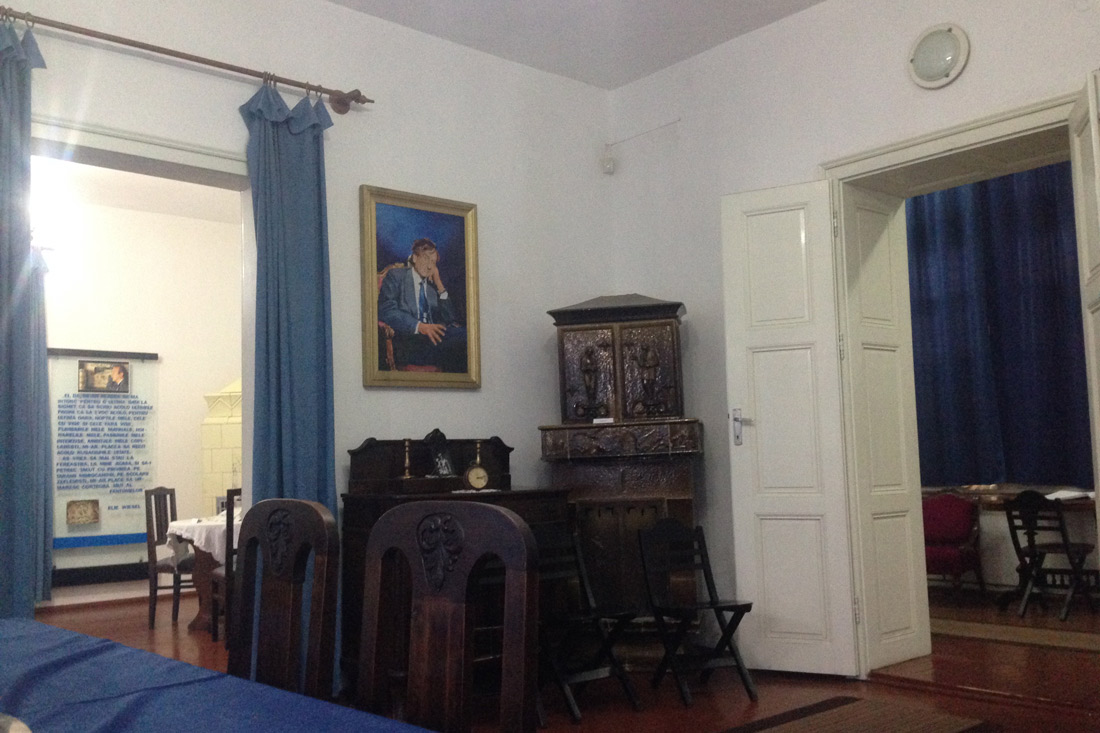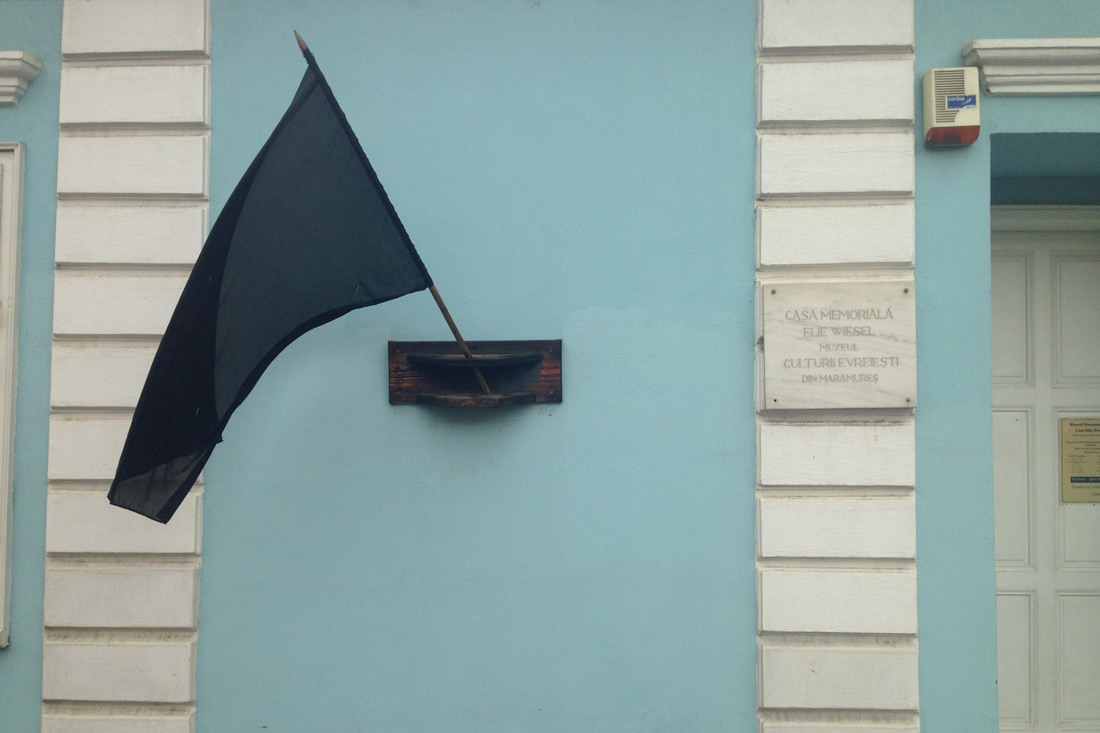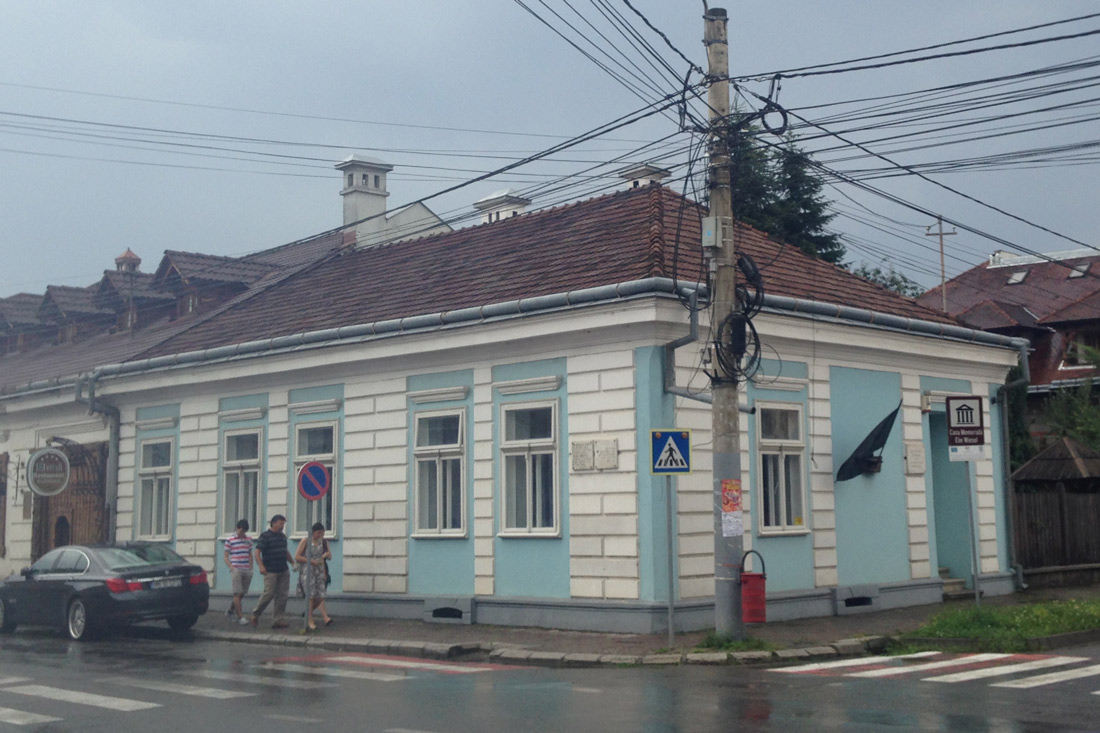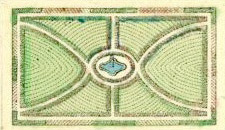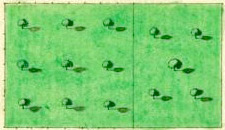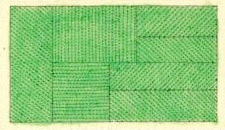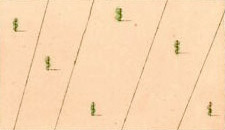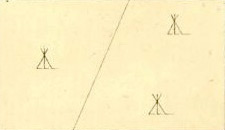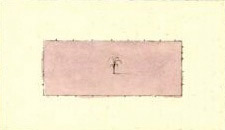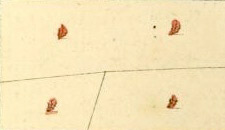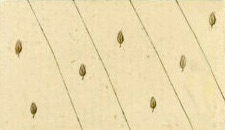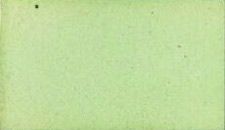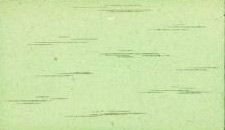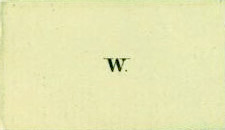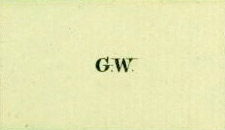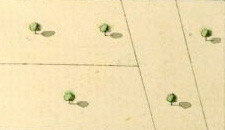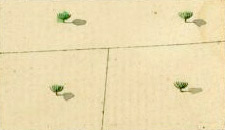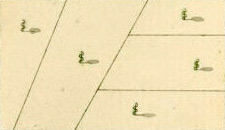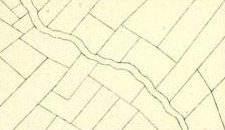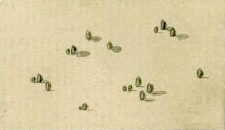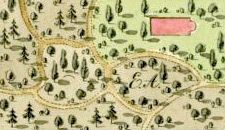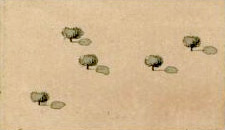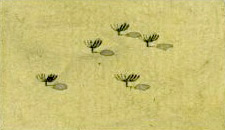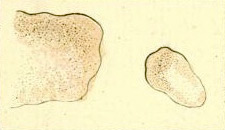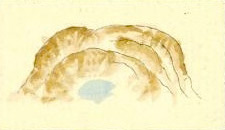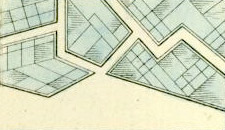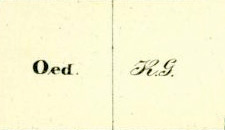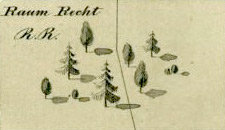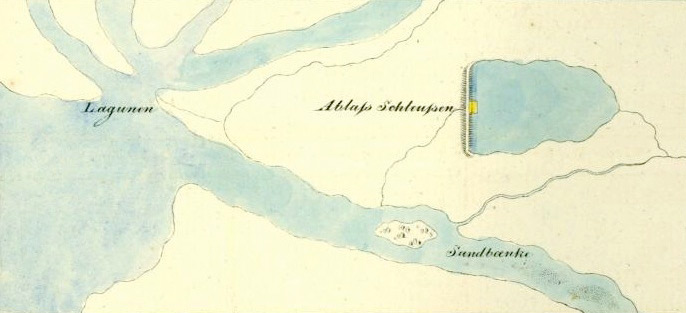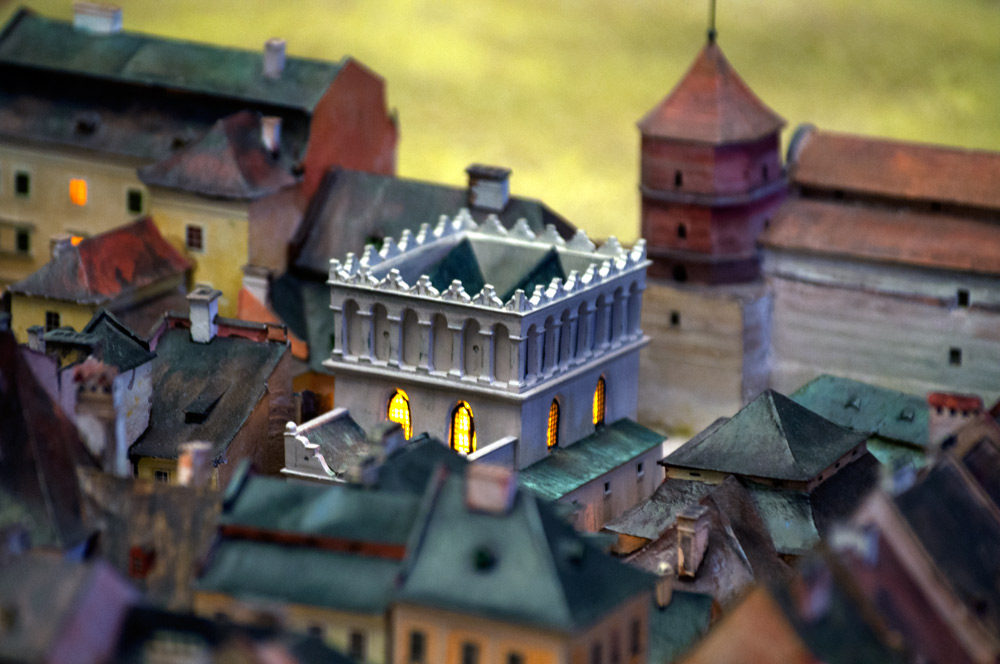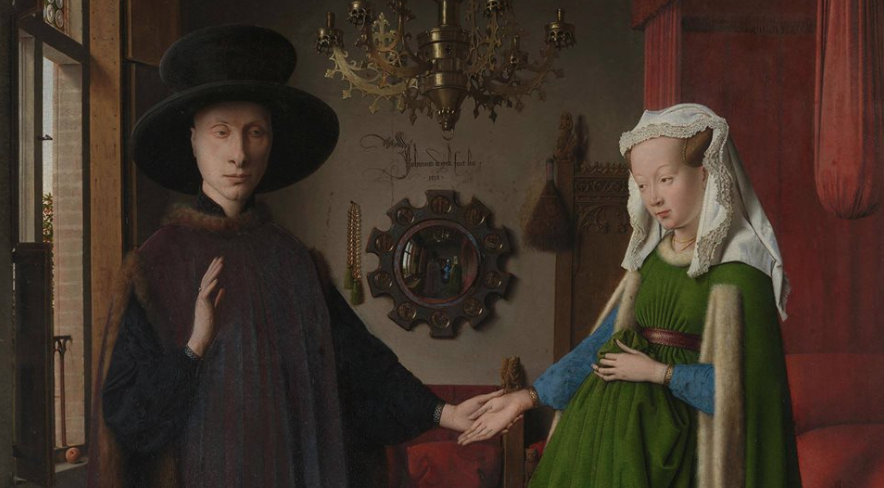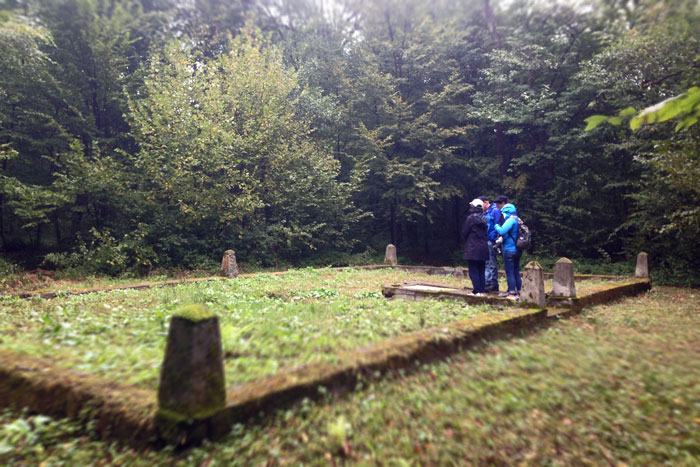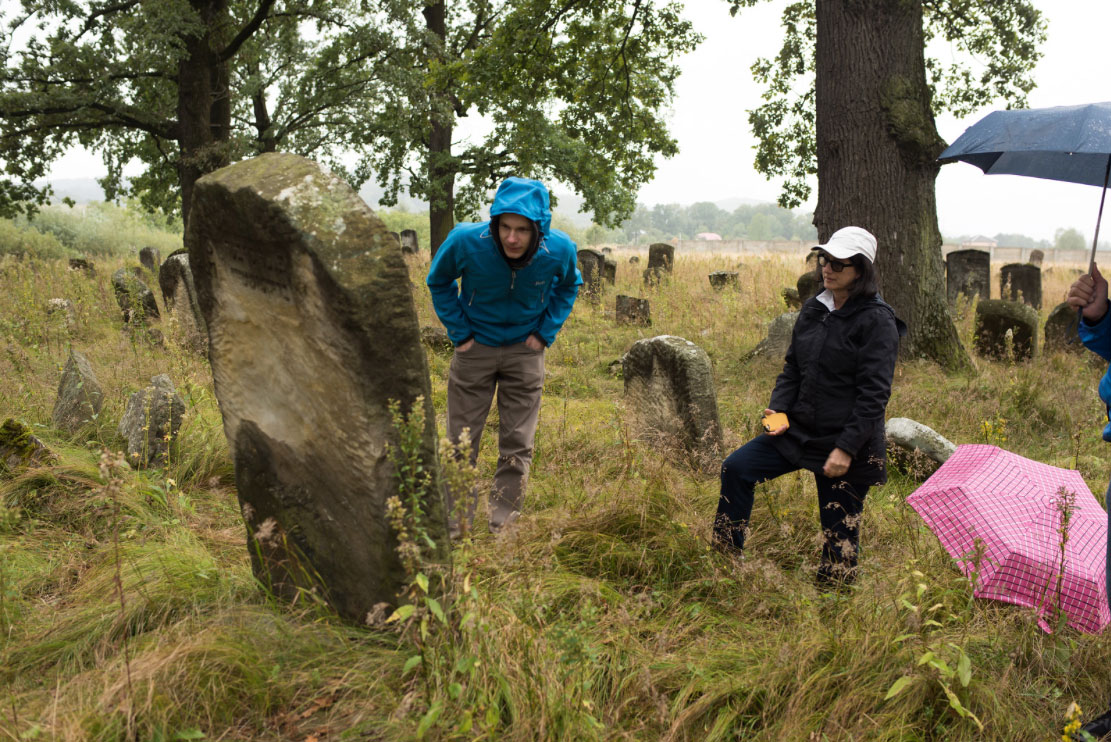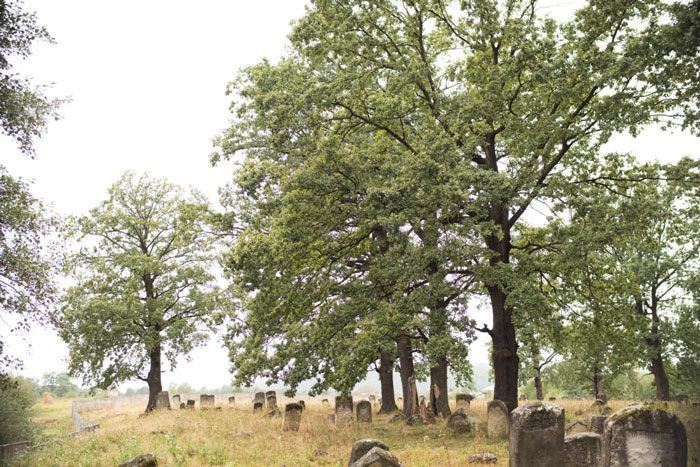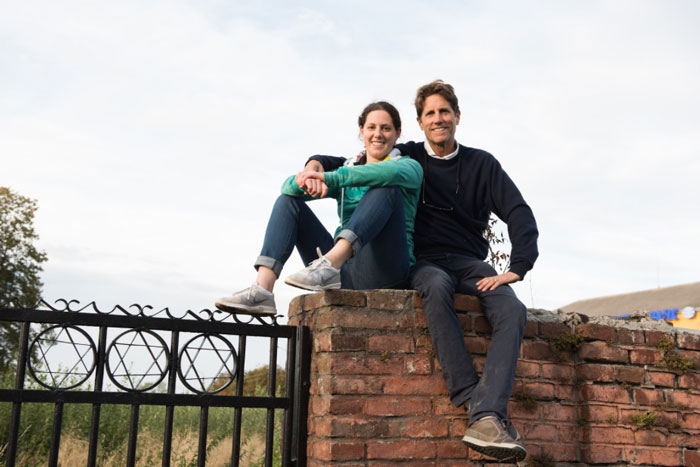Symbols
Buildings
|
 |
Synagogue
Synagoge |
 |
Roman-catholic church (or Greek-catholic)
Röm. kath. u. griech. unierte Kirche |
 |
Greek-catholic church
Griech. u. unierte Kirche |
 |
Protestant church
Evangelische Kirche |
 |
Public building
Öffentliche gebaude |
 |
Stone building
Steinerne gebaude |
 |
Wooden building
Wirthschafts [Hölzerne-] Gebaude |
 |
Stone residential building
Steinerne Wohngebäude |
 |
Wooden residential building
Hölzerne Wohngebäude |
 |
Stone outbuilding
Steinerne Wirtschaftsgebäude |
 |
Wooden outbuilding
Hölzerne Wirtschaftsgebäude |
 |
Post office
Posthaus |
 |
Forester’s house
Jägerhaus |
 |
Inn
Wirthshaus |
 |
Ruins
Ruine |
 |
Stone windmill
Steinerne Windmühle |
 |
Wooden windmill
Hölzerne Windmühle |
 |
Water mill
Mahlmühle |
 |
Sawmill
Sägemühle |
|
Borders
|
 |
County border (of the Empire)
Ländergrenzen |
 |
State border (eg. Galicia)
Kreisgrenzen |
 |
District (Bezirk, powiat)
Bezirksgrenzen |
 |
Community (gemeinde, gmina)
Gemeindegrenzen |
|
Roads
|
 |
Highway with trench
Chaussée mit Graben |
 |
Highway without trench
Chaussée ohne Graben |
 |
District road with trench
Verbindungswege mit Graben |
 |
District road without trench
Verbindungswege ohne Graben |
 |
Dirt route
Prügelwege |
 |
Bridle path
Saumwege |
 |
Path
Fusswege |
|
Water related objects
|
 |
Stone pile bridge
Steinerne Jochbrücke |
 |
Wooden pile bridge
Hölzerne Jochbrücke |
 |
Wooden bridge with stone piles
Hölzerne Brücke mit steinernen Jochen |
 |
Pontoon bridge
Schiffbrücke |
 |
Stone dam
Steindamm |
 |
Embankment dam
Erddamm |
 |
Dry trench
Trockener Graben |
 |
Wet trench
Nasser Graben |
 |
Stone weir
Steinerne Wehre |
 |
Wooden weir
Hölzerne Wehre |
 |
Cistern
Zisterne |
 |
Stone well
Steinerner Rohrbrunn |
 |
Wooden well
Hölzerner Rohrbrunn |
 |
Logs on river
Holzschwemme |
 |
Log flume
Holzriesen |
 |
Wooden flotsam screening
Holzrechen |
 |
Water tank
Wasserhälter |
 |
Canal with sluice
Canále mit Schleussen |
 |
Fascine
Faschinen Bau |
 |
Reaction ferry
Fliegende Brücke |
 |
Stone dike
Steinerne Uferversicherung |
 |
Wooden dike
Hölzerne Uferversicherung |
 |
River direction
Stromstrich |
 |
Brick aqueduct
Gemauerte Wasserleitung |
 |
Wooden aqueduct
Hölzerne Wasserleitung |
 |
Anchorage
Ankerplatze |
|
Cemeteries
|
 |
Cemetery with wall
Beerdigung Plätze mit Mauer |
 |
Cemetery with fence
Beerdigung Plätze mit Einplankung |
 |
Jewish cemetery
Beerdigung Plätze der Israeliten |
|
Fences
|
 |
Hedgerow
Heken |
 |
Fence
Zäune |
 |
Fence with stone columns
Zaun mit steinernen Pfeilern |
 |
Wall
Mauer |
|
Wayside objects
|
 |
Column shrine
Martersäule |
 |
Stone wayside shrine
Steinerne Kapelle |
 |
Wooden wayside shrine
Hölzerne Kapelle |
 |
Stone wayside cross
Steinernes Kreutz |
 |
Wooden wayside cross
Hölzernes Kreutz |
 |
Stone distance sign
Steinerner Milezeiger |
 |
Wooden distance sign
Hölzerner Milezeiger |
 |
Stone signpost
Steinerner Wegweiser |
 |
Wooden signpost
Hölzerner Wegweiser |
 |
Border stone
Grenzsteine |
 |
Border sign (cairn)
Grenz Zeichen (Hotter) |
 |
Gallows
Hochgericht |
|
Other
|
 |
Trigonometrical point
Trigonometrischer Punkt |
 |
Graphical point
Graphischer Punkt |



